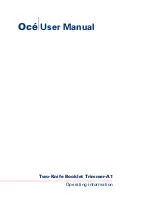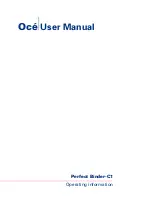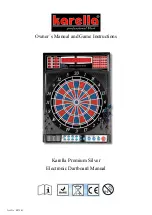
Order No. 2104 ..
Special case for command value 100% (Clipping mode)
If with a PI control the calculated command value of the controller exceeds the physical limits of
the actuator, in other words if the calculated command value is greater than 100%, then the
command value is set to the maximum value (100%) and thus limited. This special, necessary
control behaviour is also called "clipping". With PI control the command value can reach the
value "100%" if there is a large deviation of the room temperature from the setpoint temperature
or the controller requires a long time to adjust to the setpoint with the heating or cooling energy
that is being applied. The controller can evaluate this state in a particular manner and react to it
in various ways.
The parameter "Behaviour with command value = 100% (clipping mode PI control)" on the
parameter page "Room temperature control -> Controller general -> Command values and
status output" defines the functions of the PI controller when the command value is 100%...
-
"keep 100% until setpoint = actual, then 0%" setting:
The controller keeps the maximum command value until the room temperature (actual
value) reaches the setpoint temperature. After that is reduces the command value down to
0% all at once (controller reset).
The advantage of this control behaviour is that in this way sustainable heating up of
undercooled rooms or effective cooling of overheated rooms will be achieved by
overshooting the setpoint. The disadvantage is the in some circumstances the
overshooting of the room temperature may be found disturbing.
-
Setting "keep 100% as required, then adjust downwards":
The controller maintains the maximum command value only as long as it is necessary.
After that it adjusts the command value downwards according to the PI algorithm. The
advantage of this control characteristic is the fact that the room temperature does not
exceed the setpoint temperature at all, or only slightly. The disadvantage is that this control
principle increases the tendency to oscillate about the setpoint.
Which of the methods of functioning described above is used often depends on what heating or
cooling system is used (underfloor heating, radiators, fan coils, cooling ceilings, etc.), and how
effective these systems are. We recommend selecting the setting "keep 100% until setpoint =
actual, then 0%" (default setting). Only if this control behaviour has an adverse effect on the
people's perception of the temperature in a room should the setting "keep 100% as required,
then adjust downwards" be used.
i
Clipping may also occur when a command value limit is active (maximum command value).
In this case, if the internally calculated command value reaches 100%, then the controller
only transmits to the bus the maximum command value according to the ETS configuration.
The clipping (switching off when setpoint = actual or adjusting downwards) is performed,
however.
i
It should be noted that the clipping mode has no effect with "2-point feedback control"! In
that case it is still possible to configure the parameter "Behaviour with command value =
100%" in the ETS, but it will have no function.
Page 108 of 171
Software "KNX CO2 sensor"
Functional description
















































